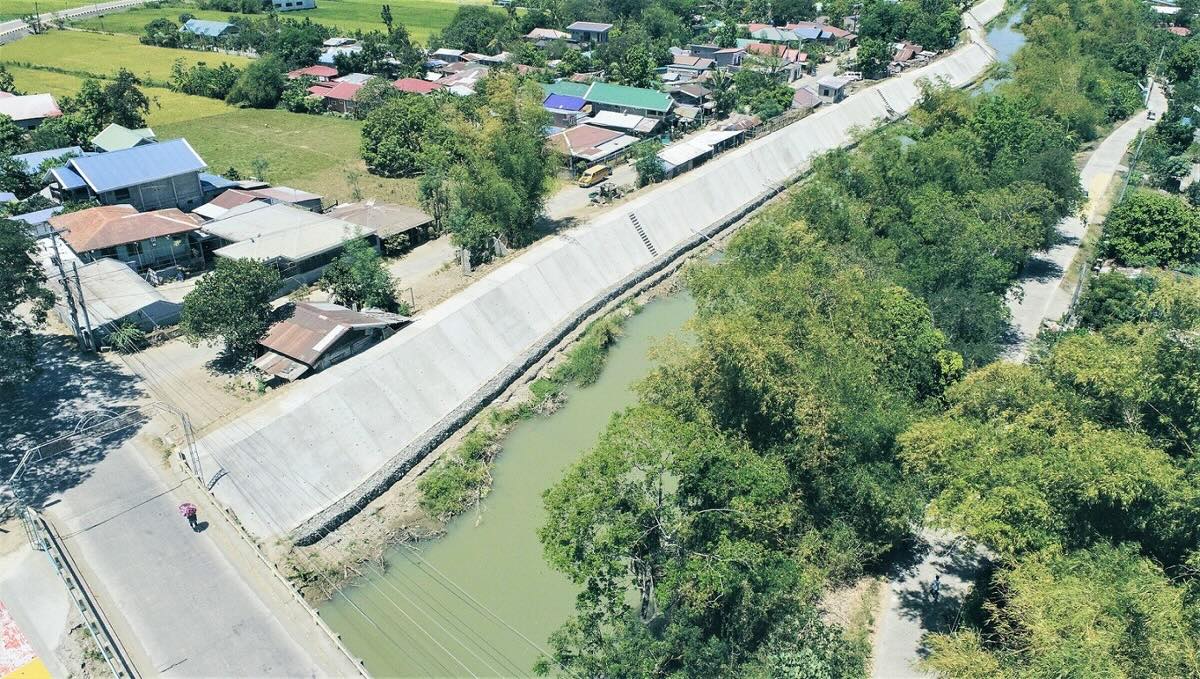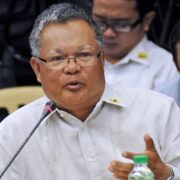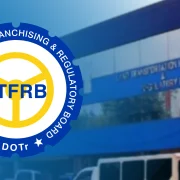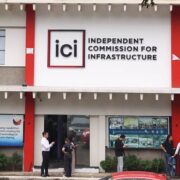Unnecessary public works repairs in Nueva Ecija

I recently visited Nueva Ecija and saw two riverbanks being cemented unnecessarily: First is the Labong River in Barangay Santa Clara, Quezon, Nueva Ecija, and the second is the river in Barangay Cavite, Guimba.
The first one is being done by R.A. Pahati Construction and Supply, Inc., with the Department of Public Works and Highways (DPWH) as the implementing agency. The cost is a staggering P47 million, as shown in the Commission on Audit advisory board which also says that the project is the rehabilitation of the riverbank slope protection structure.
There is actually no need to cement riverbanks to stabilize them. There’s a better alternative—planting cash crops like bamboo, nipa, malunggay, katmon, and kalumpit, to name a few. Riverbanks can also be stabilized with “dao,” “hagimit,” and “tangisang bayawak.” Dao has edible fruits like santol; hagimit has anti-rheumatic properties, while tangisang bayawak has edible fruits and a sap that relieves toothaches. Local legislators can enact ordinances to compel the planting of indigenous trees along riverbanks instead of them being cemented.
Another heart-wrenching sight on this trip is the unnecessary construction of the Talugtug-Umingan Road which connects Talugtug, Nueva Ecija to Umingan, Pangasinan. The otherwise perfectly paved road is being dug up, a waste of people’s money since in 2021, this same road was already repaired. Now, construction is again ongoing from the start of the Talugtug side—in Barangay Patola—and extends to close to two kilometers.
Congress should really look hard at the national budget and check if a lot of leakage is due to DPWH repairs. Let us be guided by the United Nations Sustainable Development Goals: 1. no poverty; 2. zero hunger; 3. good health and well-being. The way Congress allocates the budget for DPWH, we are going the opposite way in slashing poverty incidence.
Based on the Department of Social Welfare and Development’s 2023 data, Nueva Ecija has a poverty rate of 28 percent—the highest in Region III, although the Philippine Statistics Authority pegs it as between 10 percent to 14 percent for the first semester of 2023. Instead of unnecessary DPWH repairs, Nueva Ecija can focus on export items like mangoes, native tree timber, and agarwood—which can sell for half a million pesos a kilo. This they can intercrop with native livestock. What is the value of one mango tree? According to Ramon Barba, father of mango flower induction, he has seen families send kids to college with just one mango tree!
Instead of cementing and recementing our country, our legislators and leaders should plan to alleviate poverty and hunger starting in the country side.
Chester C. Chang,
ches_chang@yahoo.com

















